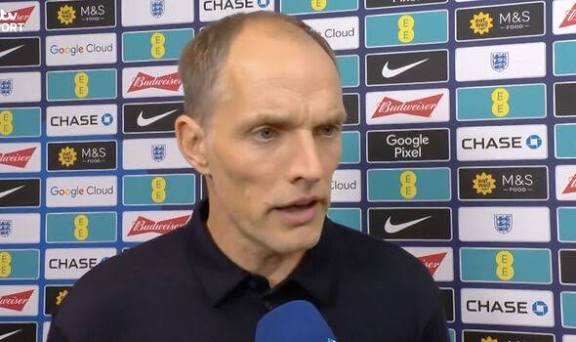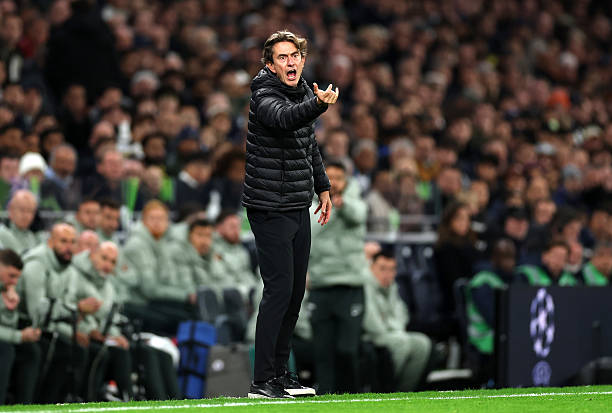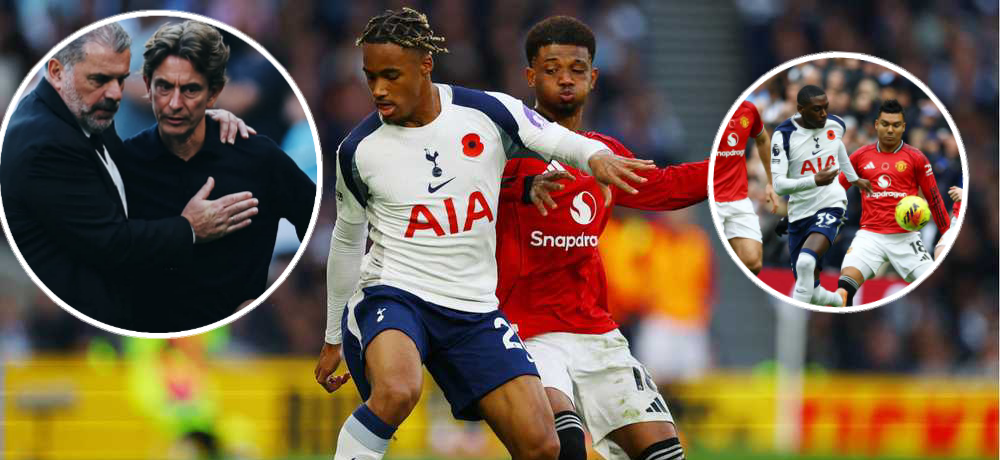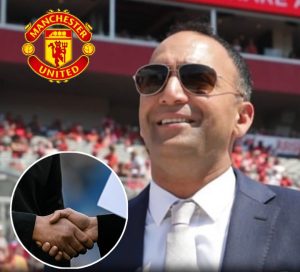Thomas tuchel has revealed embarrassing footage of what Eberechi eze said to Djed Spence that sparks a fight on international duty after transfer u turn saga
Thomas Tuchel has “revealed embarrassing footage” of Eberechi Eze saying something to Djed Spence allegedly sparking a confrontation during international duty have generated a flurry of online conversation. While the details remain unverified and may stem more from social-media speculation than confirmed reporting, the situation invites a broader reflection on how narratives around players, managers, and sensitive behind-the-scenes moments are shaped and amplified in the modern football ecosystem.
Firstly, the idea that a manager particularly one as experienced as Tuchel would deliberately release private or embarrassing footage involving players raises questions about credibility. Managers at the top level are acutely aware of the importance of dressing-room confidentiality. Any breach would not only be unprofessional but potentially destabilising for the players involved and the squads they represent. Therefore, whether or not this scenario truly occurred, its popularity demonstrates how eager the football world can be to believe stories of interpersonal conflict, especially when connected to a transfer saga or perceived internal tension.
The mention of a “transfer U-turn” adds another layer to the narrative. Transfer speculation often fuels fan emotions, and when a player reportedly changes direction pulling out of a move, reconsidering a deal, or choosing a different club rumours tend to swell around possible motives. In such climates, interpersonal drama becomes an easy explanation. People look for human stories behind decisions that are often driven by agents, finances, or career strategy rather than personal conflict. Attaching a dramatic dressing-room incident to a transfer twist feeds into this appetite for storylines that feel cinematic.
Moreover, the focus on Eberechi Eze and Djed Spence two young English players with distinct trajectories also reveals how public expectations shape the interpretation of athlete behaviour. Eze, known for his composed, expressive attacking play, is often perceived as calm and laid-back. Spence, who has experienced both breakthrough moments and challenges in establishing consistency, is sometimes placed under intense scrutiny. When speculation arises involving contrasting personalities, fans and commentators often construct narratives that may say more about perception than reality.
This situation also illustrates the broader issue of how quickly unverified claims can circulate. In the social-media era, a rumour can gain traction in minutes, sometimes becoming “truth” in the eyes of fans simply through repetition. When figures like Tuchel, Eze, or Spence are mentioned, the story spreads even faster due to their visibility. Reflection, therefore, requires acknowledging not just the claim itself but the ecosystem that allows it to thrive.








Post Comment